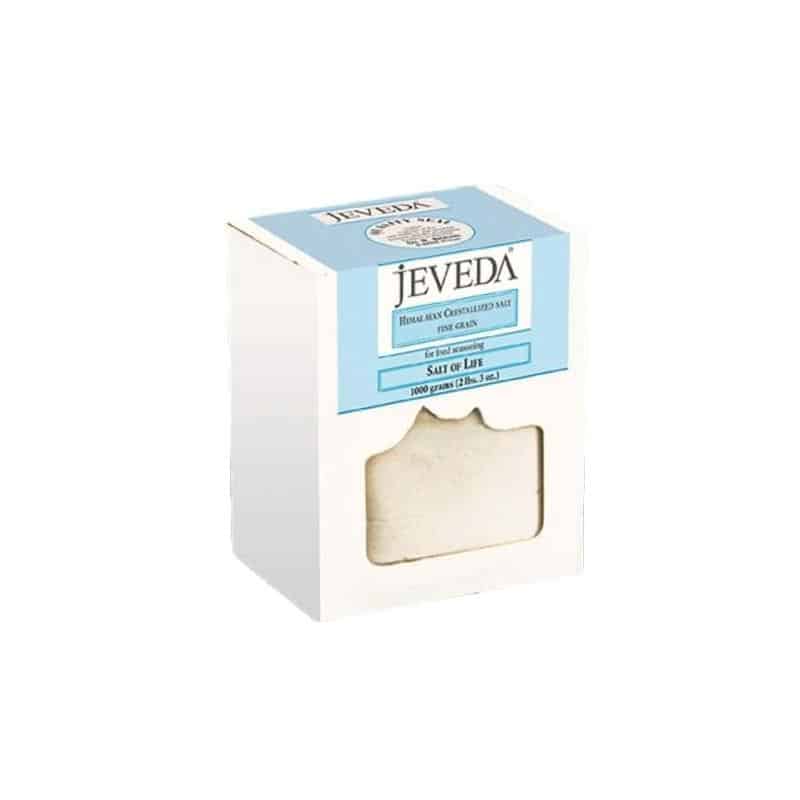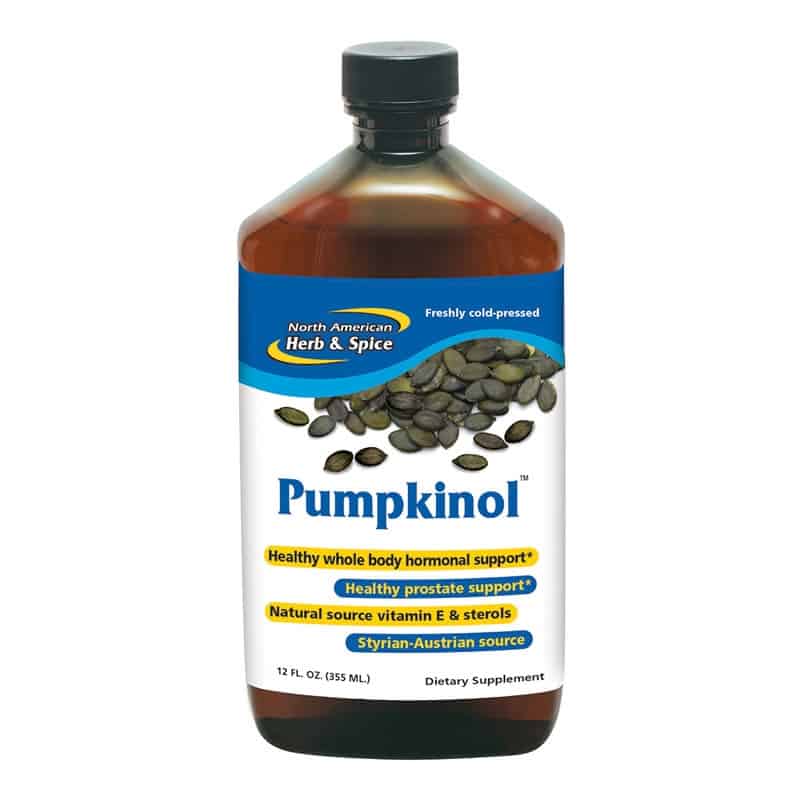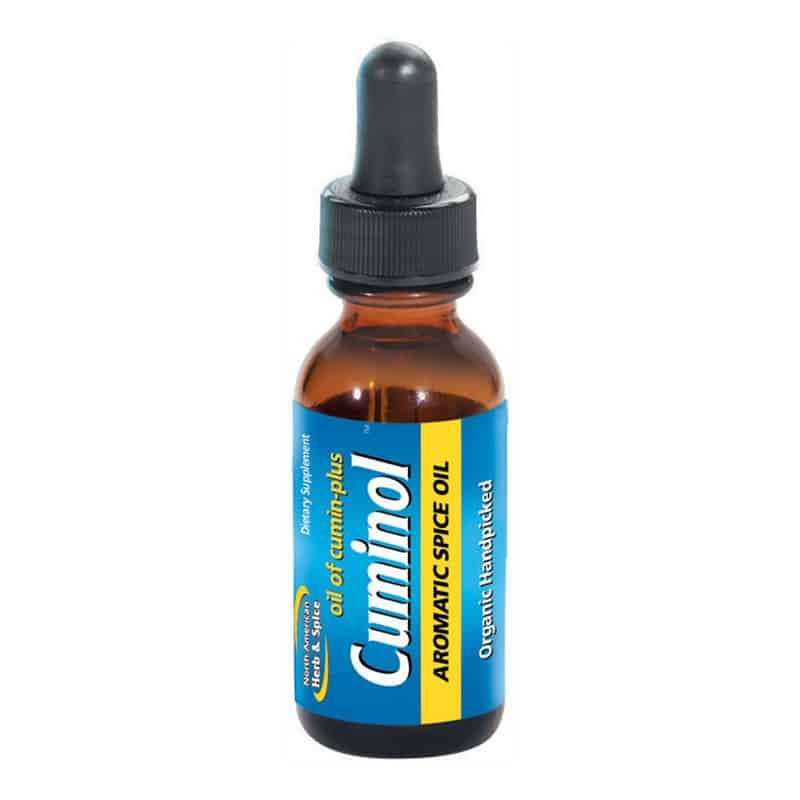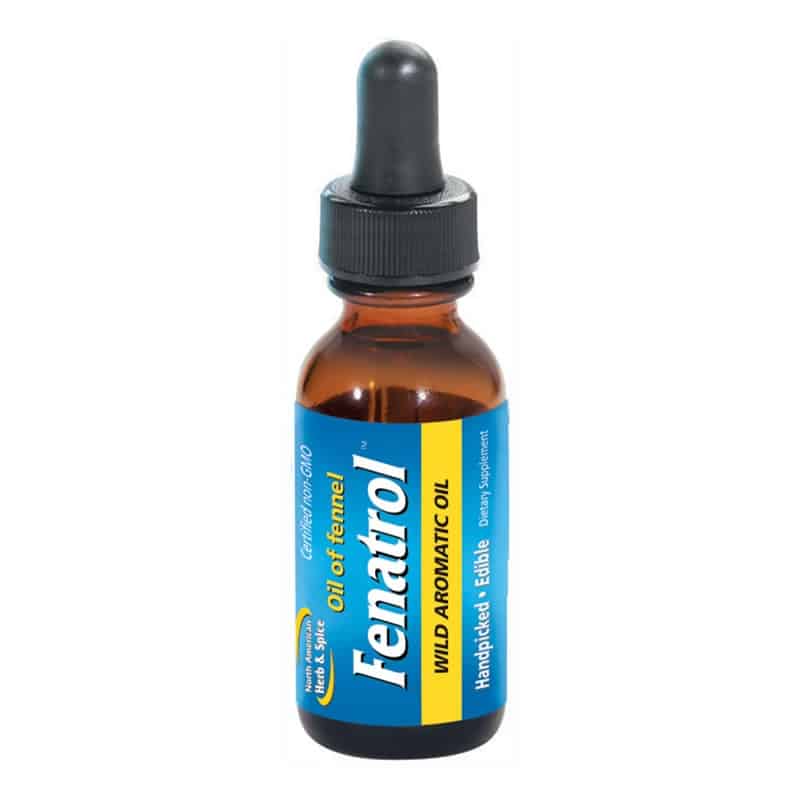No products in the cart.
Avocado
We talk a lot about healthy fats, where to get them, how to use them, and what the biggest benefits of using them are. For decades we were led to believe that fat makes us fat, but those myths have been debunked, so we no longer have to live with fat phobia. Butter, lard, and tallow are wonderful sources of healthy fats, but if you are not a fan of animal fats for whatever reason, you don’t have to stick to just coconut oil or olive oil. Avocado is an excellent, versatile, and delicious source of healthy fats and it is a fruit!
Avocado is actually the berry of the Persea americana tree, native to South Central Mexico (no wonder guacamole is such a big part of Mexican cuisine!). It is sometimes called an alligator pear for its shape and the texture of its skin. While we usually consume vegetables and fruits for their micronutrient content (minerals, vitamins, and other trace elements), avocado is over 70% fat and very low in sugar, which is unusual for a fruit and makes avocados very unique. Not only is it full of healthy fats, avocado is also on the top of the Clean Fifteen list, which means that you don’t have to worry about pesticide exposure even if you buy conventionally grown avocados.
FAT PROFILE
Avocados are around 77% fat, 63% monounsaturated and 14% saturated, which are the best dietary fats you can eat they are an amazing source of energy and fuel for all cells in our body. Our organs, skin, and bone marrow need saturated fat to function and we have to eat these types of fats to maintain our health and give our body the right building materials. Our brain is almost 60% fat and our neurons are coated with a protective layer that is 80% fat. Fat really is vital for human health, but we still have to choose the right type of fat. We covered the hardcore fat science in our fat series, so be sure to check it out! I also recommend reading The Big Fat Surprise if you want to learn more.
There is also some PUFA in avocado (polyunsaturated fatty acids), those fats are not the healthiest option, but the amount present in a single fruit is almost neglectable. General recommendations talk about eating less than 4% of your total fat calorie intake in PUFAs, and for an average person eating 2,000 calories a day, one avocado only represents 1% of PUFA. Polyunsaturated fats are very fragile when exposed to heat and light and they oxidize easily, create free radicals in the body, and cause inflammation. The thing about avocados is that they are generally eaten cold, so there is no heat exposure, and the skin of the fruit is very thick and protects the flesh against light and oxygen, and considering all of the other health benefits, it would be a huge loss if we ignored this magical fruit only based on its PUFA content.
VITAMINS AND MINERALS
Avocados are very rich in so many different micronutrients and the fact that they are perfectly paired with healthy fats makes them easy to absorb and use in the body makes them particularly marvelous. One piece of avocado fruit gives you 36% of the recommended daily value of Vitamin K1, 30% of Vitamin B9, 20% of Vitamin C, Vitamins B5, B6, and Potassium, 12% of Vitamin E, Niacin, and Copper, and also 10% of both Magnesium and Manganese, plus small amounts of other minerals and vitamins. The avocado is a nutritional powerhouse! It also contains a lot of fiber (another nail in the coffin of the you-need-to-eat-grains-for-fiber myth) and plenty of antioxidants, which are also best absorbed when consumed along with fat.
SCIENTIFIC SUPPORT
The health benefits of avocados are the subject of many studies. Here are some of our favorites. This study showed that adding avocado to your plate helps to manage cholesterol and triglyceride levels. This study proves a similar point when comparing diets of diabetic patients that swapped whole grains for avocados. Another cholesterol related study that favors avocado consumption is found here. There is also a correlation between consuming avocados and improved metabolic disorders and liver function. Avocado and avocado oil also have a number of benefits when used topically, for example, the relief of skin inflammation and overall skin health, which makes avocado another great food for the skin and a perfect addition to your natural skin care regime or oil cleansing routine. We should also note that avocados are toxic to some animals, including horses, cattle, birds, cats, and dogs, this applies not just to the actual fruit, but also to the avocado skin, pit, and leaves.
PICKING THE RIGHT ONE
Avocados don’t ripen on the tree, but actually off of the branches. When picked, they are hard and bitter in taste. They ripen best at room temperature and once they achieve a perfect balance of soft and firm (soft when you gently squeeze them, but not too mushy on the inside), they are ready for your consumption. The best thing to do if you cant find a perfectly ripe avocado in the store, is to buy them while they are still hard and let them ripen on your kitchen counter (not in the fridge). People have a tendency to poke into avocados in the store to find the perfect one and squeeze them multiple times, which can result in very mushy avocado with plenty of holes and bruises inside the fruit from all the mechanical damage. If you let them ripen at home, nobody is going to poke your fruit. One other trick to know when they’re ready is to remove the nub of stem and look at the color of the avocado flesh inside. If it is brown, its gone bad. If it is too green, it isn’t ripe yet. You’re looking for that perfect buttery, light pistachio type yellowy-green. If you end up with too many ripe at once, you can usually stash them in the fridge for a couple days, or use it as an excuse to make a batch of guacamole, or avocado chocolate mousse.
There is not just one type of avocado either. Many different varieties are grown around the world and they differ in size, flavor, skin thickness and color, and shape. Hass avocados are smaller, dark in color, and have bumpy skin, while Choquette or Florida avocados are smoother, bright green, and more pear shaped. These are the two best-known varieties you can find in your grocery store. I personally prefer Choquette, but your taste preference might be different, so try different types and find your favorite! Once you have found the perfect one, all you might need are some serving tips.
There are so many options! Avocados are pretty neutral in taste, they almost have a buttery flavor with a slight hint of natural sweetness. They are not overpowering, but still, there is something unique about the flavor and texture. Eating it plain (maybe sprinkled with some sea salt, pepper, and lemon or lime juice) is a great snack option. It is very filling because of its high fat content and easy to eat on the go. Sliced avocado is a wonderful addition to every dish, including salads, burgers, fish, or stew. Then we have the classic of all classics: guacamole. This very popular condiment can be made quickly with just a few ingredients and there are many different variations of this recipe. Guac goes perfectly with deviled eggs, gluten-free tortilla chips, plantain chips, sweet potato chips, on a burger, or just as a side dish to your steak or meatloaf and salad. You can add avocado to your smoothie along with collagen powder and create a perfectly complete meal replacement. Or try my personal favorite chocolate avocado mousse! Blend one banana, one avocado, a splash of coconut milk, a drop of vanilla extract, a pinch of cinnamon, and heaping tablespoon of cacao powder blend it until its smooth, transfer to a bowl and enjoy (you can even omit the banana for a low carb version. Susanne makes hers with raw cacao, maple syrup, a splash of water, collagen powder, and avocados in her food processor). Check out all of these amazing recipes that include avocado, and then go hunting (well, gathering) in your local grocery store!









